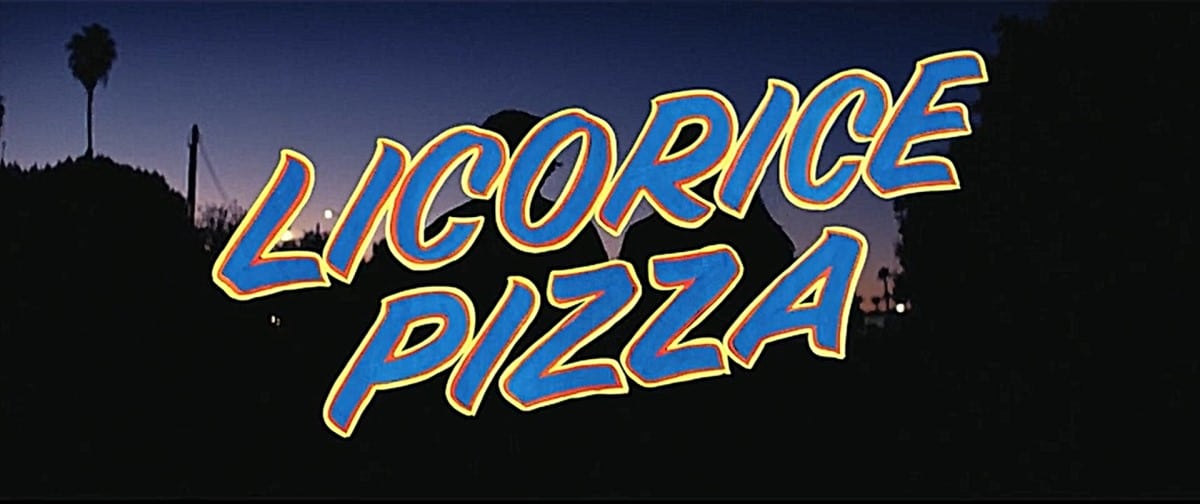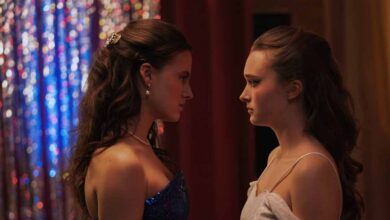Review: Licorice Pizza
Director Paul Thomas Anderson‘s Licorice Pizza returns to the land of his youth, growing up in the San Fernando Valley in 1973.
Anderson’s Ninth Feature Film follows a high school student through the complicated and treacherous waters of first loves, and waterbeds, in this coming-of-age drama.
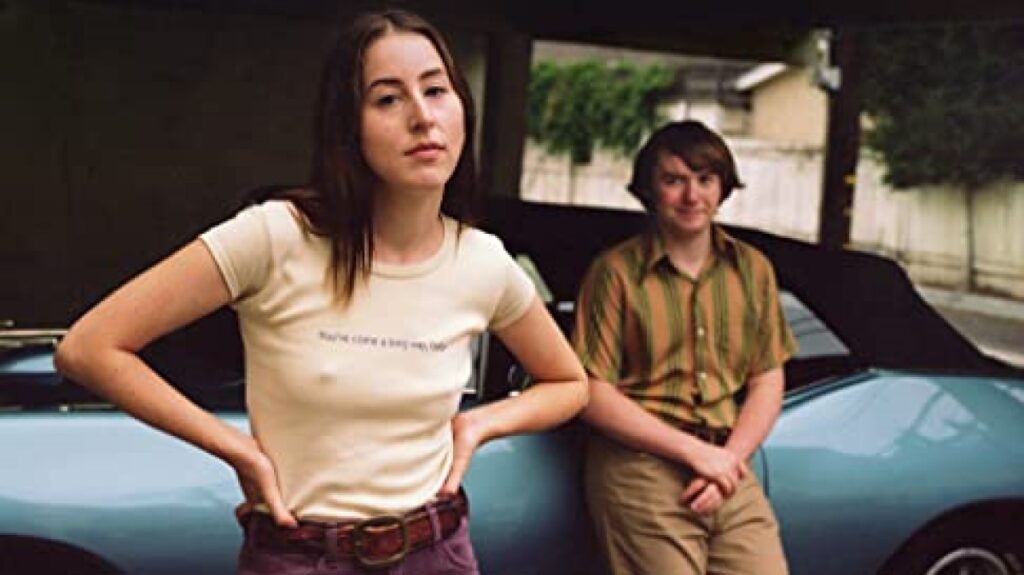
The Plot – Licorice Pizza
Son of the late Philip Seymour Hoffman, Cooper Hoffman plays ‘Gary Valentine’, a 15 year old high school student, and child actor about to age out of his career.
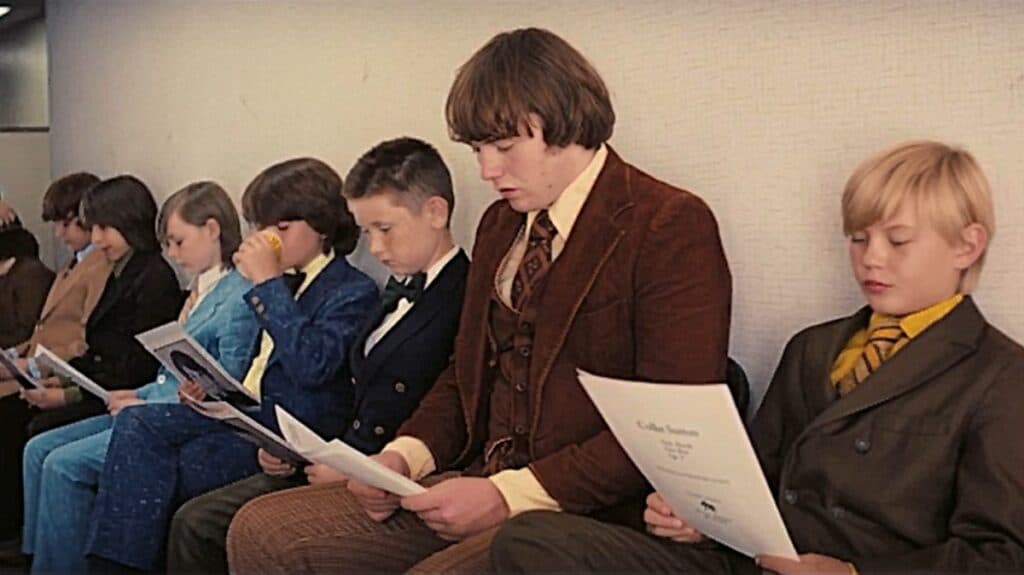
Alana Haim plays Alana Kane, a 25 year old struggling with her career, her love life, and her caring, but strict family.
Alana begins the film working a back-to-school event, taking pictures of the students for the yearbook. Gary sees Alana, and instantly is smitten.
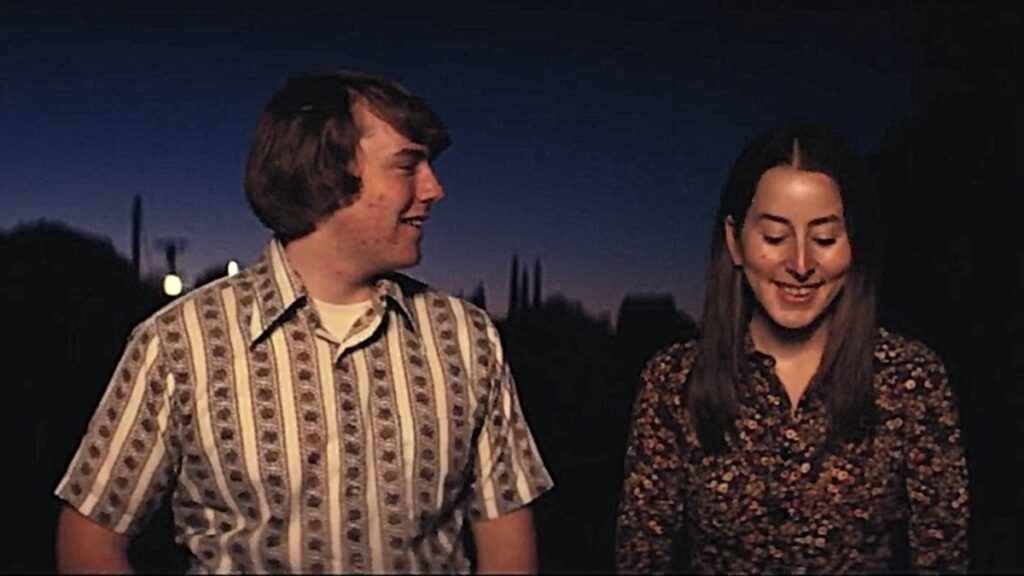
After dazzling Alana with stories of acting in movies and T.V., she reluctantly agrees to meet him after work. But, Alana insists it’s NOT a date, as that would violate laws, even in the 70’s, even in Los Angeles.
Gary continues his seduction on their non-date-date, boasting about his business savvy and his numerous schemes to get rich. He especially brags about going on national T.V. to promote his new movie.
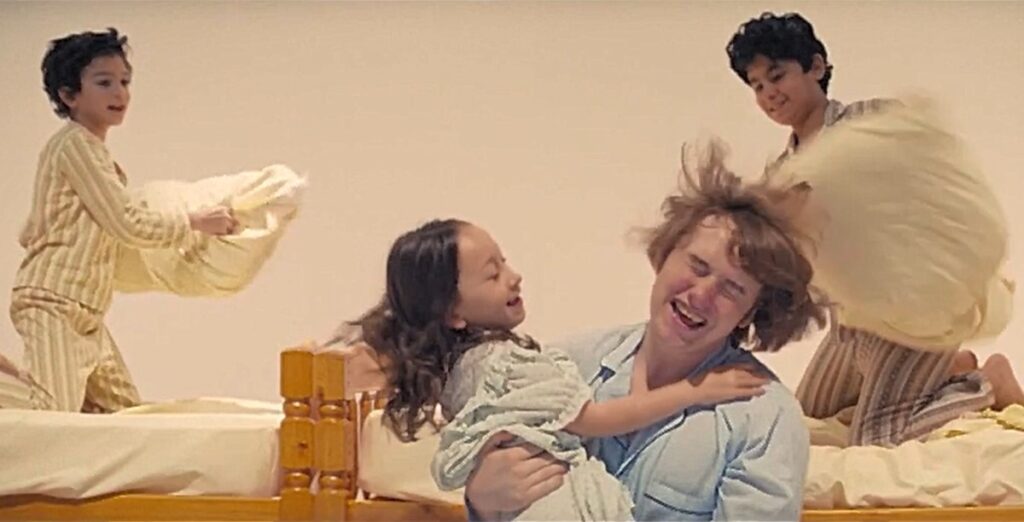
After Gary’s Mom can’t accompany him to New York for the T.V. appearance, Gary convinces Alana to be his chaperone on the cross country trip. But, Gary can’t restrain himself from hitting on the flight attendent right in front of Alana; and Alana responds in kind, flirting with Gary’s acting rival right in front of Gary.
The ‘complicated’ first love has begun.
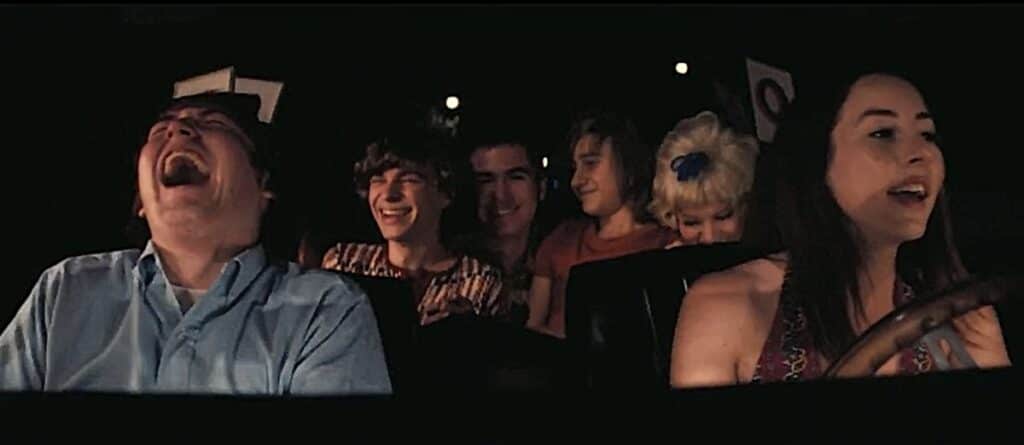
The Good – Licorice Pizza
Production Design, Cinematography, & Costume Design
The look and feel of Licorice Pizza really takes you back to the 70’s.
Similar to Quinten Tarantino‘s ‘Once Upon A Time… In Hollywood‘, Pizza places you into the world of Gary Valentine and Alana Kane. Tons of 360 degree sets take you inside and outside in long continuous shots to fully immerse the viewer without many edit points.
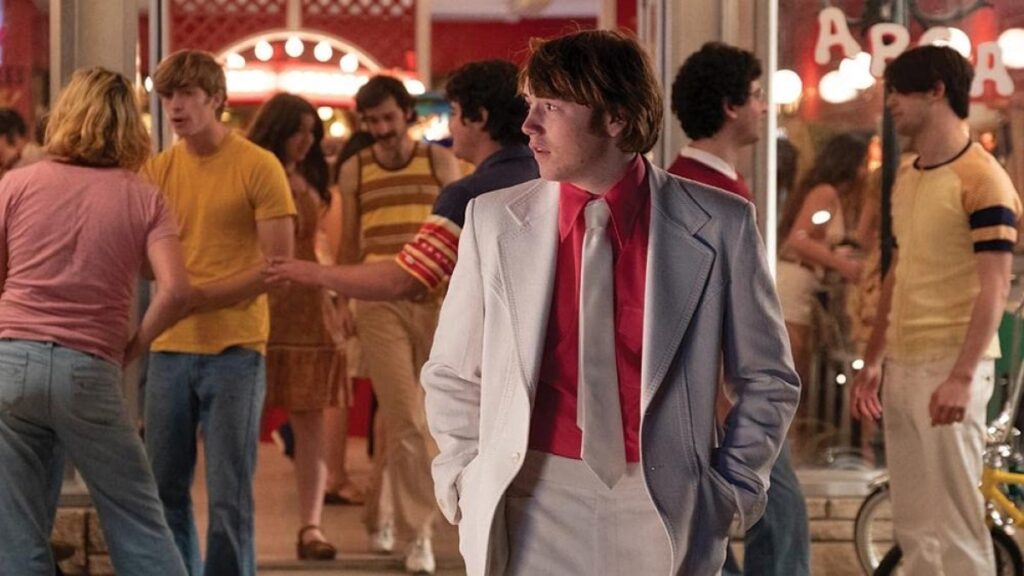
In one scene, we see Gary walking in and around his waterbed store, then going outside, back in front of the story, and following him down the store. All in one shot.
This obviously takes such careful planning and coordination between the Production Designers making sure sets and store fronts can be seen from every angle; and the Director Of Cinematography lighting and shooting the shots seamlessly in the environment.
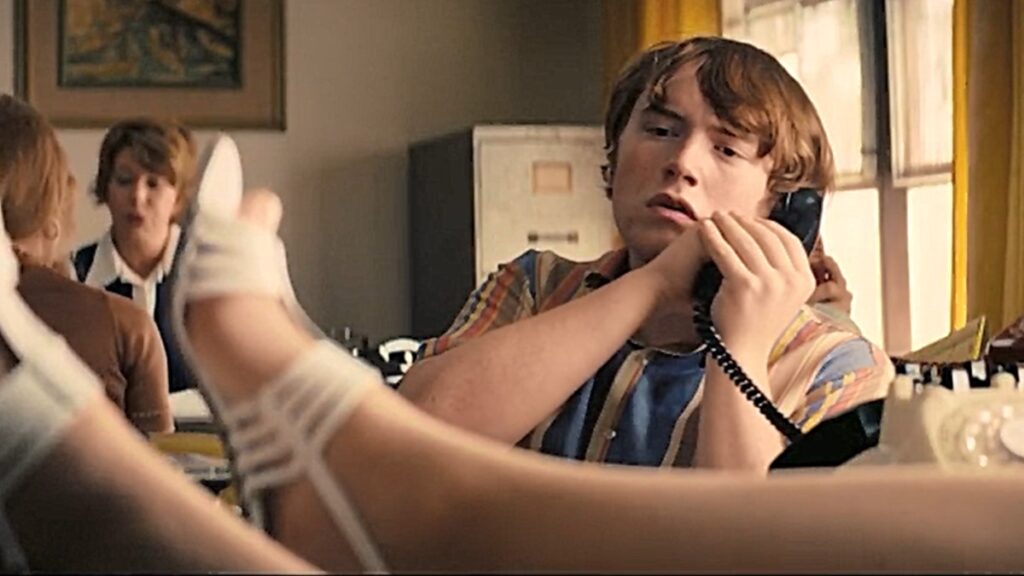
Costumes, mostly period clothing of all types from the early 70’s also set the stage. Everything from child actors appearing on a television show, to Barbara Streisand’s coked-out, self-proclaimed boyfriend feel right for the era, and different from today.
Production Designer Florencia Martin, Cinematographers Michael Bauman and Paul Thomas Anderson, and Costume Designer Mark Bridges truly bring 1973 back to life.
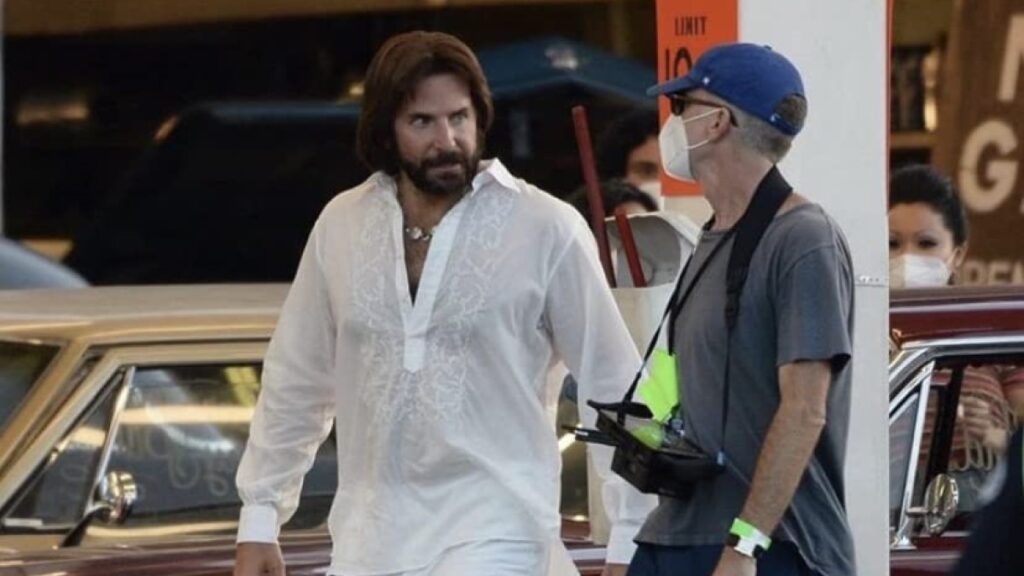
Celebrity Cameos
Sprinkled throughout Licorice Pizza are cameos and small parts by big name actors.
Maya Rudolph plays a children’s casting agent, Bradley Cooper plays Barbara Streisand’s self-proclaimed boyfriend; and many others, including Sean Penn, Tom Waits, and John C. Reilly.
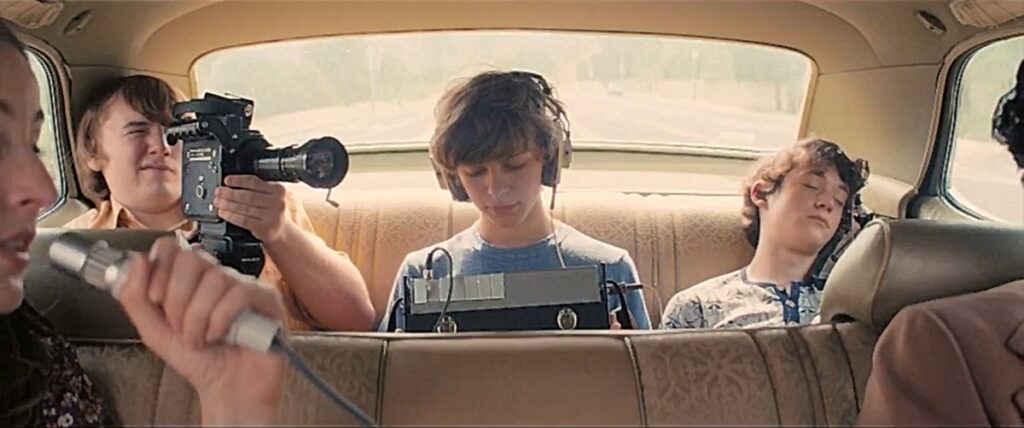
Also making cameos are relatives of celebrities. Mark-Paul Gosselaar’s daughter Ava; Steven Spielberg’s daughter Sasha; Leonardo DiCaprio’s father, George; Maya Rudolph’s daughter, Kimiko; and Alana Haim’s real life sisters, Este and Danielle, and parents, Motti and Donna; all appear.
There are many more I didn’t specify, but all add to the sense of family and coming of age seen in Pizza.
The Bad – Licorice Pizza
Unintended Racism
One celebrity cameo I didn’t include in the ‘Good’ section above is John Michael Higgins. Unfortunately, Higgins’ scenes which are clearly intended as Comedy; and making fun of his character, AND the times in which he lived; instead come off as tone deaf and racist.
John Micheal Higgins plays ‘Jerry Frick’, the owner of one of the first Japanese Restaurants in Los Angeles. Accompanying him in several scenes are recent Japanese immigrant women who understand some, but don’t speak much, if any, English.
The rotating cast of seemingly interchangeable Japanese women seem more props than sentient people with free will. This, while Frick uses their ethnicity and gender as a shield to further his own ambitions.
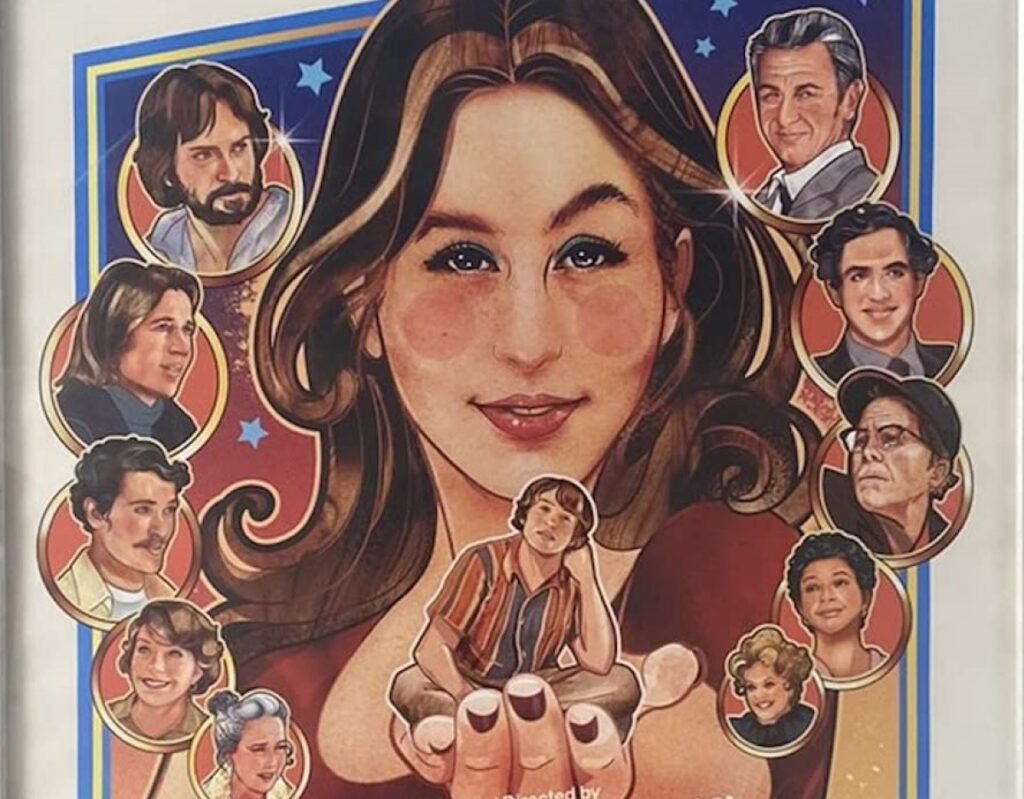
The first scene with Frick and one of his Japanese women is at an Ad Agency producing a commercial for the restaurant.
When Frick ‘translates’ what is being said to the woman; he not only starts speaking in broken English and gibberish intended to sound like the Japanese language, he speaks in a tone of voice that is so offensive, it’s impossible not to hear the mocking tone with which it’s spoken.
The second scene with John Michael Higgins’ Frick is at the restaurant itself, when our characters stop by for a meal. Frick greets Gary and Alana, and when Gary and Alana greet the woman they think they’ve met before (whom Frick had introduced as his ‘Wife’); Frick tells them this is someone else as he had to ‘get a ‘new’ wife’.
Interchangeable, replaceable, and seemingly indistinguishable from one another. That’s how the Japanese women are treated.
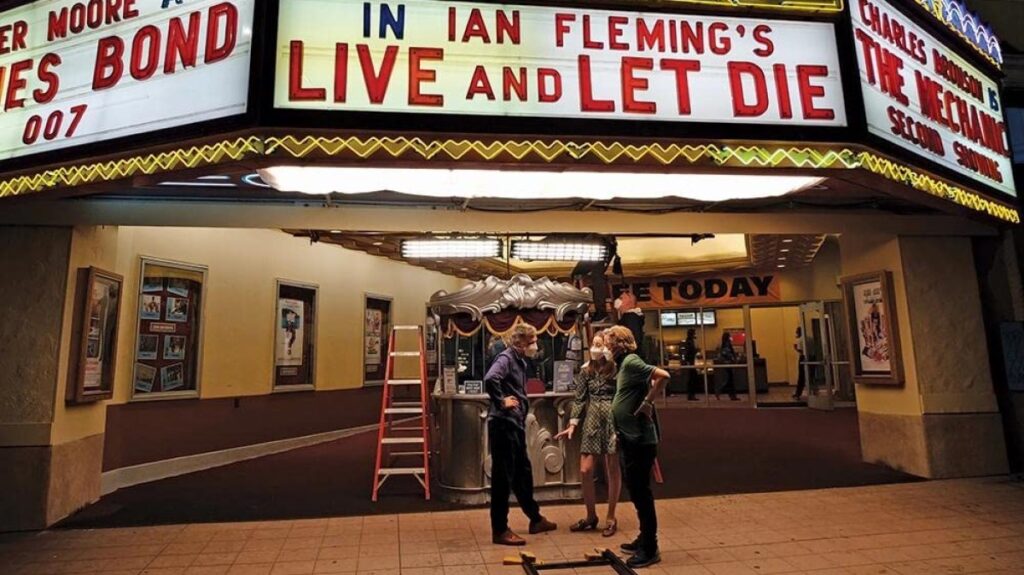
While these scenes were clearly intended as light Comedy making fun of both Frick’s unintended Racism and the unintended Racism of the 70’s; that is not how the ‘jokes’ land. The tone and feel of the scenes instead feel more like mocking and condescension of the Japanese women, rather than sympathizing with them.
It shocks me that this tone deaf storyline would make it into the final cut of the film without any of the people in charge realizing how offensive this scene was and how it’s received.
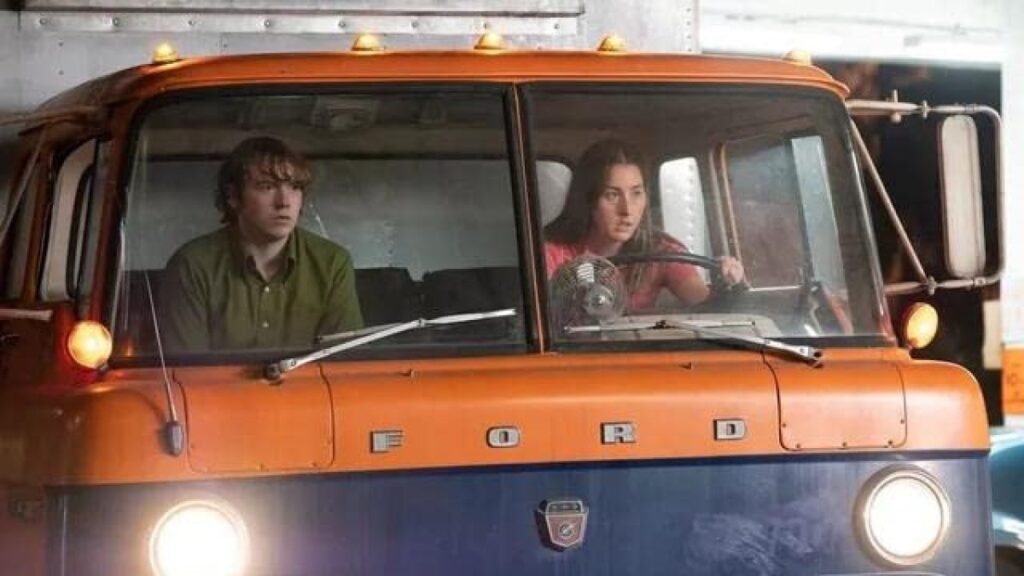
The Ripped-From-The-Headlines Subplots
As Gary and Alana navigate their way through 1973 L.A.; many of their subplots feel more like random events from 1973 than what the characters would naturally do.
Gary’s ambition beyond the world of acting is natural for his character, but the avenues that ambition takes seem a bit forced into the 1973 ripped-from-the-history-books stories.
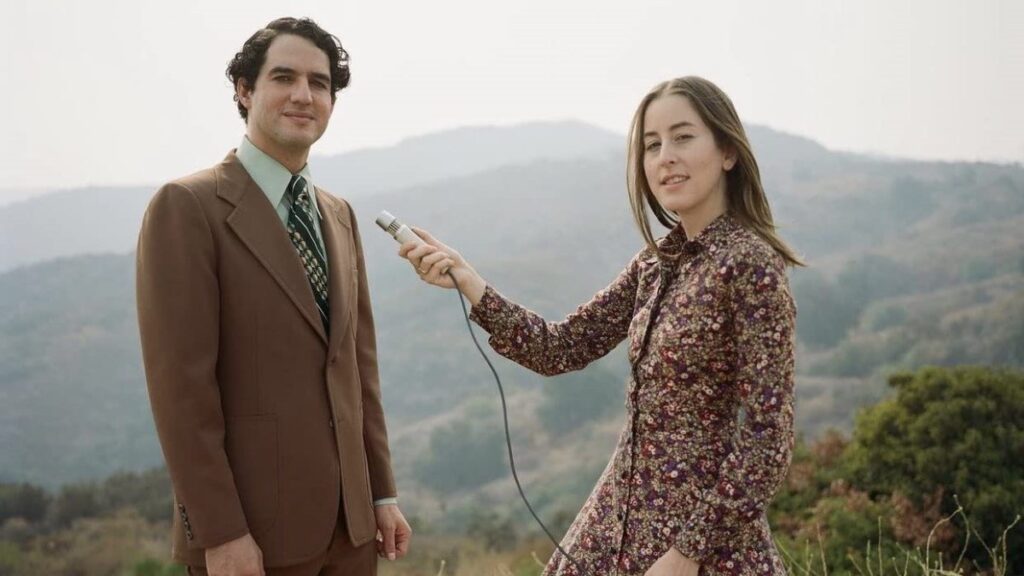
Alana also seems to go on a journey that is a stretch for her character, and this story is ripped straight from Taxi Driver. While the resolution is different from the Scorsese classic, it starts off almost identically, and comes out of nowhere.
These various sub-plots don’t feel 100% natural for our characters, and a bit far of field as a result.
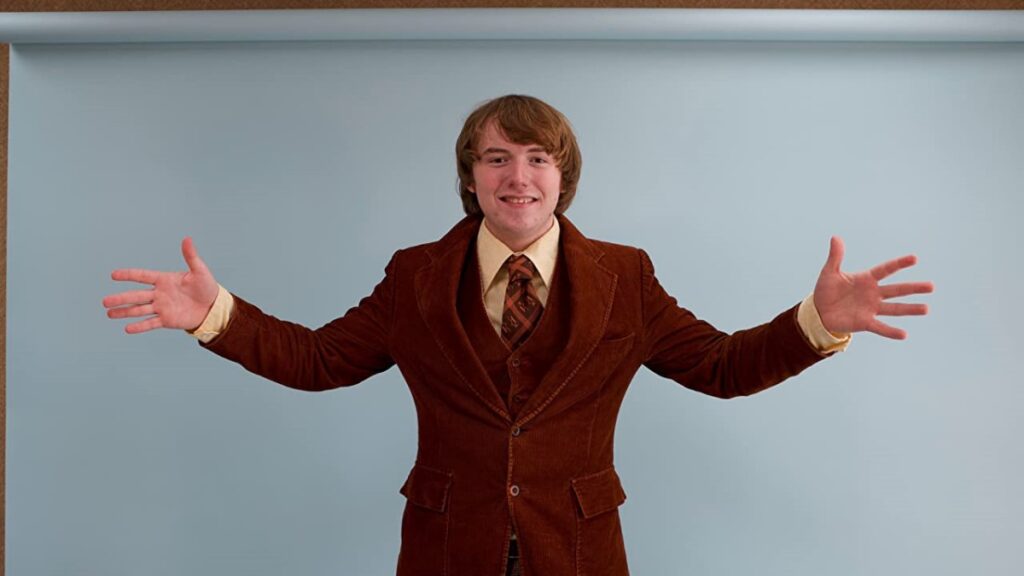
The Review – Licorice Pizza
Licorice Pizza continues Director Paul Thomas Anderson’s love affair with the Los Angeles of his youth.
Cooper Hoffman, in his first credited role, stars as ‘Gary Valentine’, based on Producer Gary Goetzman‘s real life teenage years. Licorice Pizza’s coming-of-age drama focuses mostly on Gary’s transition from child actor to businessman, and the tale of his first love; all while still being in high school.
Relatively more wholesome and ‘normal’ than the adult film industry setting of Boogie Nights; Licorice Pizza gives a less titillating, but just as exciting look at L.A.
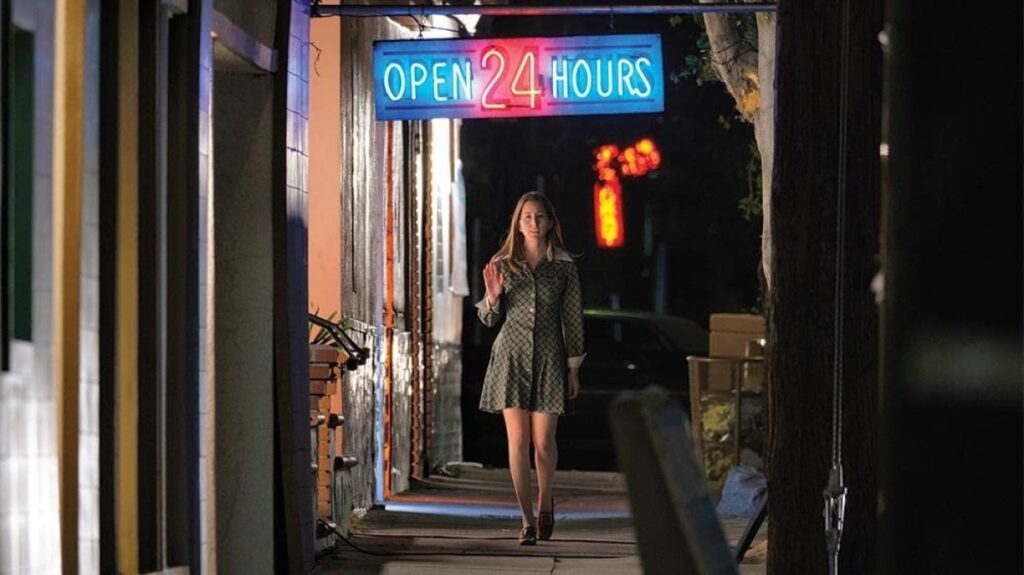
Interestingly, Cooper Hoffman is the son of the late Philip Seymour Hoffman, who got one of his first major roles in Paul Thomas Anderson’s ‘Boogie Nights’ back in 1997.
The theme of family comes up again and again, especially with Alana Haim’s real life sisters and parents starring as Alan Kane’s sisters and parents, as she, too, goes through her own struggles with growing up, despite being well into her 20’s.
Anderson delivers more of his signature visual storytelling style in this film, as well as balancing multiple storylines as in his past work.
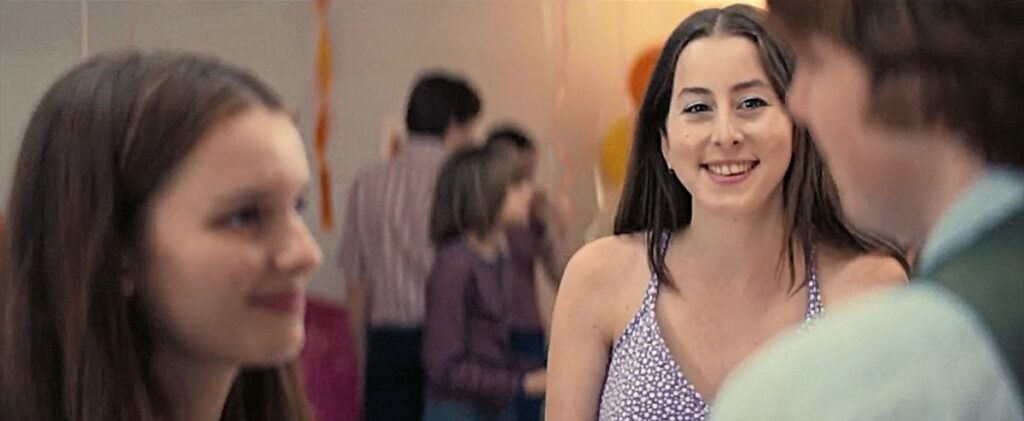
While Pizza does deliver on most of these major points, the film drags much of the Second Act, and part of the Third. The film is not overly long at 133 minutes, but the pacing drags despite this, especially during an overly long and not-that-dramatic action scene involving a delivery truck.
The biggest negative of the movie has to be the inadvertently racist storyline involving the Japanese immigrants at Jerry Frick’s Japanese restaurant. Clearly, this was not the intention, but the poorly executed attempt at Comedy comes across as tone deaf at best and blatantly racist at worst.
While this poorly executed scene is not enough to completely derail this film, it does surprise me that it was not cut out of the film entirely.
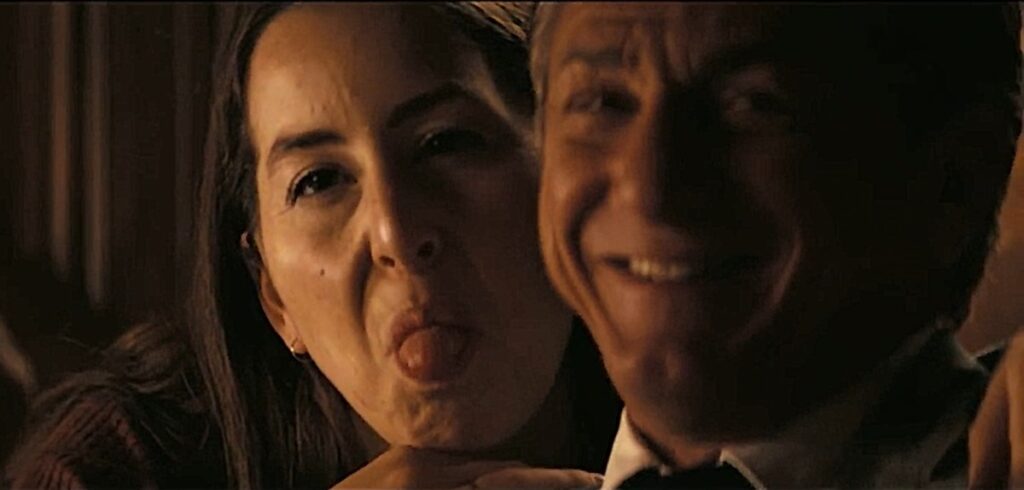
If people were offended by the portrayal of Bruce Lee in ‘Once Upon A Time… In Hollywood’ (which I did not find offensive in the least); this storyline with John Michael Higgins will be even more of a lightning rod.
Worth watching in theaters, if you’re a huge Paul Thomas Anderson fan. But, pacing issues and the offensive Japanese storyline take away from the overall experience.
Additional Information
Licorice Pizza Rotten Tomatoes Page
Dragon Movie Guy Licorice Pizza Instant Movie Review
Dragon Movie Guy Review Nation page
Dragon Movie Guy YouTube channel
Dragon Movie Guy’s Instagram page
Dragon Movie Guy’s Twitter page
West Side Story Instant Movie Review – Dragon’s Review
Disney’s Encanto Instant Movie Review – Dragon’s Review
Dragon Movie Guy’s Facebook Channel
Dragon Movie Guy’s Letterboxd Channel
Score
Score
Review Nation Score
Paul Thomas Anderson's Ninth Feature Film, Licorice Pizza stars Cooper Hoffman in a coming-of-age drama set in 1970's Los Angeles.
